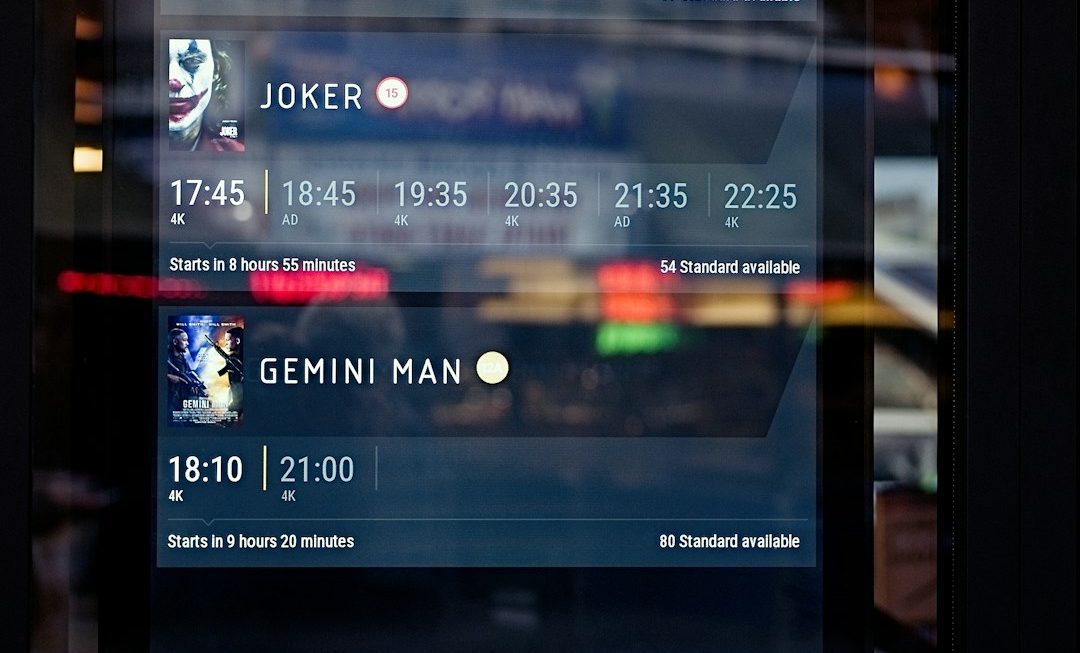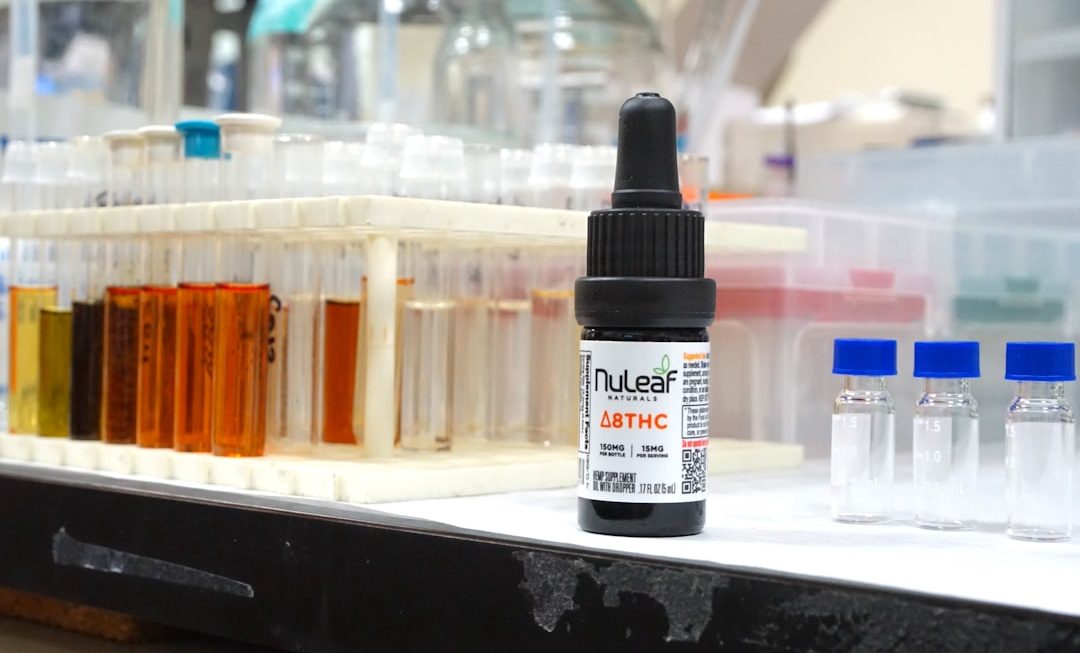In the highly regulated and mission-critical environment of healthcare, maintaining operational efficiency and patient safety is of utmost importance. One of the key drivers of this efficiency is the ability to manage facilities and their assets effectively. FMX Facilities Management offers healthcare organizations a comprehensive solution that enhances asset tracking and preventive maintenance. This is essential not only for compliance with healthcare regulations but also for extending the lifecycle of equipment and minimizing unexpected failures.
The Importance of Asset Tracking in Healthcare
Hospitals, clinics, and long-term care facilities operate with thousands of assets—from MRI machines and X-ray equipment to HVAC systems and emergency generators. Ensuring the proper functioning of these assets is imperative for daily operations and affects both patient care and staff performance.
Asset tracking allows healthcare professionals and facility managers to:
- Locate equipment quickly during emergencies or routine procedures
- Monitor asset performance over time to anticipate failures
- Track usage patterns to optimize equipment deployment
- Maintain accurate inventory for audits and financial planning
FMX’s asset tracking tools offer real-time visibility, custom tagging, and barcode scanning. This allows healthcare facilities to maintain a digital log of each asset’s condition, maintenance history, and location, which eliminates the chaos of paper-based systems or scattered spreadsheets.
Introducing FMX Facilities Management
FMX is a cloud-based facilities management software designed to streamline and automate the processes of asset management, maintenance scheduling, and compliance reporting. In the context of healthcare, FMX serves as a central platform that connects departments, maintenance teams, and administration, improving visibility and reducing downtime.
With an easy-to-use interface and mobile accessibility, FMX enables facility managers and technicians to manage assets and maintenance tasks on the go. Real-time updates, automated alerts, and historical data tracking make it a powerful tool in driving operational excellence in healthcare environments.
Preventive Maintenance: A Proactive Approach
Preventive maintenance is the cornerstone of any reliable healthcare facility. Rather than reacting to equipment failures, FMX allows teams to adopt a proactive approach through automated maintenance schedules tied to usage metrics or calendar-based intervals. This helps avoid costly disruptions and ensures that critical systems are always functioning optimally.
Some of the key benefits of FMX’s preventive maintenance functionality for healthcare facilities include:
- Minimizing unplanned downtime during crucial treatments or operations
- Ensuring regulatory compliance with agencies like The Joint Commission or OSHA
- Extending equipment lifespan by avoiding wear and tear due to neglect
- Reducing repair costs through early issue detection
By tracking parts, service history, and warranty information, FMX equips healthcare organizations to make data-driven decisions about repairs versus replacements. Additionally, with built-in KPIs and reporting tools, administrators can measure maintenance performance and allocate budgets more effectively.
Mobile and Real-Time Capabilities
Healthcare environments are fast-paced and geographically dispersed, often with multiple facilities across a region. FMX’s mobile-friendly platform enables on-site technicians and staff to access asset logs, update work orders, and report issues in real time. This is particularly valuable for:
- Field personnel servicing multiple sites
- Nurses and caretakers needing quick access to equipment status
- Technicians tracking spare parts and diagnostics

Technicians can scan barcodes to pull up asset maintenance records instantly or document their service activities through photos and notes. This closed-loop system reduces information silos and enhances coordination among teams.
Ensuring Compliance and Accountability
Healthcare regulations demand rigorous documentation and frequent inspections. Compliance violations can result in financial penalties, legal issues, and in some cases, compromised patient care. FMX simplifies compliance tracking by:
- Automating logs and reports needed for audits
- Maintaining detailed service records of all assets
- Scheduling routine maintenance in alignment with regulatory mandates
- Tracking technician credentials and certifications
This centralized documentation proves invaluable during inspections or internal reviews. With everything stored digitally and accessible across departments, there’s no room for lost paperwork or mismatched schedules.
Data-Driven Decision Making
One of FMX’s standout features is its robust analytics dashboard. Facility managers can drill down into large sets of data to identify inefficiencies, forecast maintenance trends, and allocate resources intelligently. Analytics can reveal patterns such as:
- Assets that frequently fail or require high maintenance
- Technician productivity and resolution times
- Facilities or departments with the most service requests
These insights empower operational leaders to prioritize capital improvements and make informed decisions regarding asset lifecycle planning. Long-term savings and performance improvements often stem from this kind of granular visibility.
Integration with Other Healthcare Systems
Modern healthcare facilities rely on a variety of digital systems such as Electronic Health Records (EHR), Building Automation Systems (BAS), and Enterprise Resource Planning (ERP) tools. FMX supports API integration, ensuring that the asset and maintenance data can be synchronized with these systems for seamless workflows.
For example, when linked with a BAS platform, FMX can automatically trigger work orders when HVAC sensors detect anomalies in temperature or air quality—critical factors in patient recovery environments. Similarly, syncing with ERP systems allows for accurate budgeting and procurement planning based on real-time asset data.
Case Study: Implementation in a Regional Medical Center
Consider the example of a 300-bed regional medical center that implemented FMX to manage its maintenance operations. Prior to FMX, the organization relied on spreadsheets and manual logs scattered across departments. After adopting FMX, they were able to:
- Reduce equipment downtime by 35% annually
- Achieve 100% compliance in three consecutive audits
- Cut total maintenance-related costs by 22%
- Improve technician response times by 40%
Most importantly, FMX enabled the medical center to provide more reliable patient care. Operating rooms experienced fewer cancellations due to equipment failure, and inpatient comfort improved due to reliable HVAC service in critical zones.
Conclusion
Healthcare facilities face unique challenges that demand precise coordination, reliable equipment, and strict regulatory compliance. FMX Facilities Management addresses these needs head-on, combining intuitive asset tracking with smart preventive maintenance schedules. By adopting FMX, healthcare organizations can enhance operational efficiency, increase asset longevity, and ensure a safer environment for both patients and staff.
In an era where patient outcomes and operational costs are inseparably linked, a robust facilities management solution like FMX is not just helpful—it is essential.



